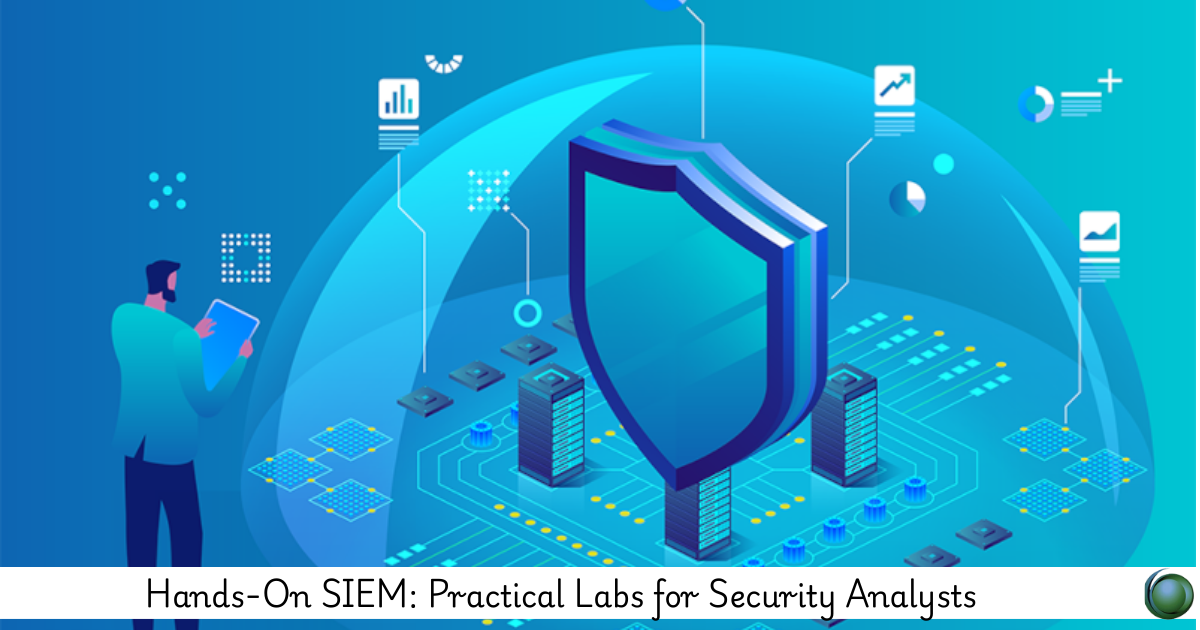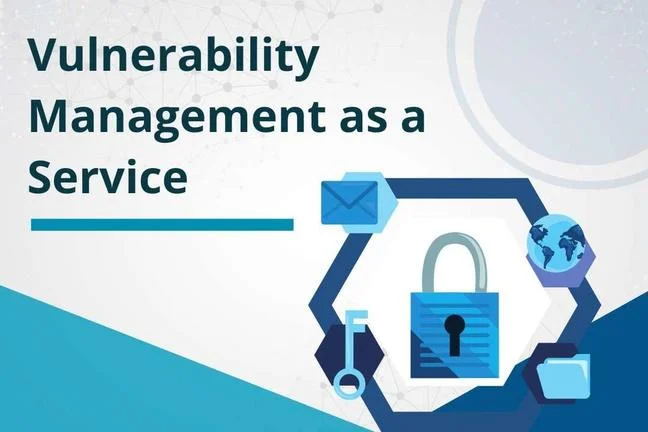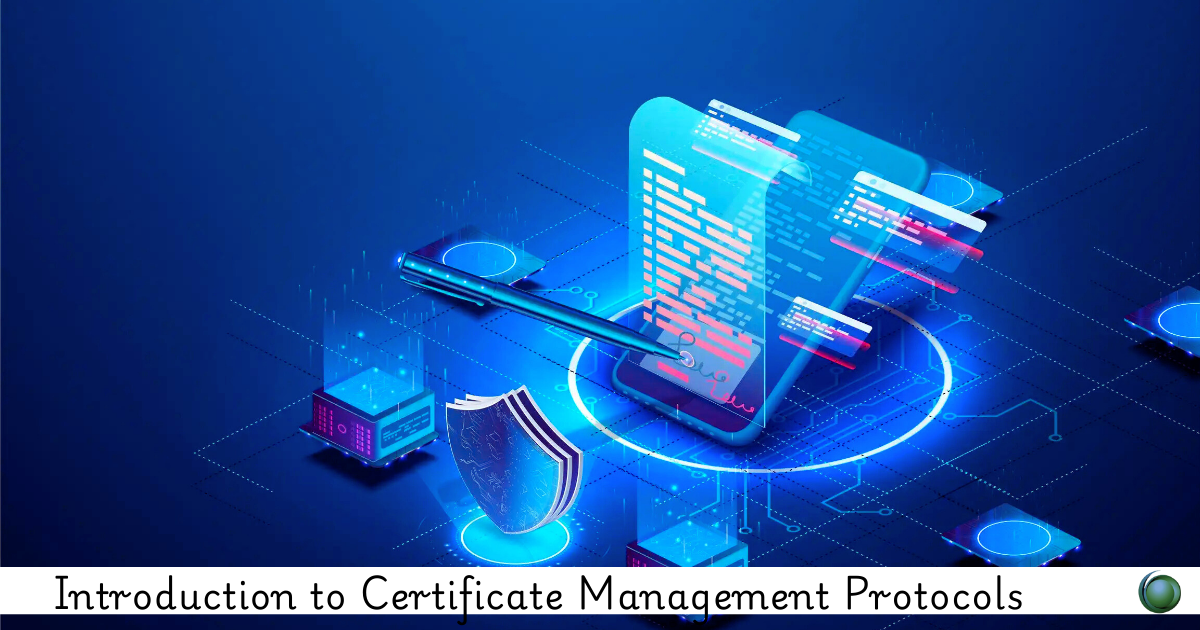Description
Introduction of SIEM for Security Analysts
In the ever-evolving world of cybersecurity, practical, hands-on experience is crucial for security analysts to master Security Information and Event Management (SIEM) systems. This course provides a comprehensive, hands-on approach to SIEM, offering real-world scenarios and exercises designed to equip analysts with the necessary skills for threat detection, incident response, and security monitoring.
Prerequisites of SIEM for Security Analysts
- Basic knowledge of cybersecurity concepts and terminology.
- Familiarity with network security, firewalls, and intrusion detection/prevention systems (IDS/IPS).
- Previous exposure to SIEM tools and platforms such as Splunk, IBM QRadar, or ArcSight.
Table of Contents
1. Introduction to SIEM Systems
1.1 Overview of SIEM Tools and Platforms
1.2 Key Features and Functions of SIEM Systems
1.3 Role of SIEM in Cybersecurity Operations
2. Setting Up and Configuring SIEM
2.1 Installing and Configuring SIEM Software
2.2 Setting Up Log Sources and Data Collection
2.3 Configuring Event Normalization and Parsing Rules
3. Data Collection and Log Parsing
3.1 Collecting Logs from Different Sources (e.g., firewalls, IDS/IPS, servers)
3.2 Parsing and Normalizing Logs for Analysis
3.3 Configuring Custom Log Parsers
4. Detecting Security Incidents with SIEM
4.1 Setting Up Use Cases for Threat Detection
4.2 Configuring and Fine-Tuning Security Rules and Alerts
4.3 Analyzing Log Data to Identify Security Threats
4.4 Hands-On Lab: Detecting Brute Force Attacks
5. Correlating Events and Investigating Incidents
5.1 Event Correlation and Creating Correlation Rules
5.2 Investigating Alerts and Identifying Attack Vectors
5.3 Hands-On Lab: Correlating Multiple Events for Threat Detection
6. Incident Response and Management
6.1 Integrating SIEM with Incident Response (IR) Workflow
6.2 Managing and Escalating Incidents within SIEM(Ref: SIEM Integration with SOC: Strengthening Cybersecurity Posture)
6.3 Hands-On Lab: Responding to a Security Incident
7. Analyzing Network Traffic and User Behavior
7.1 Using SIEM to Analyze Network Traffic and Identify Anomalies
7.2 Setting Up User Behavior Analytics (UBA) in SIEM
7.3 Hands-On Lab: Detecting Insider Threats
8. Advanced SIEM Features and Customization
8.1 Creating and Modifying Dashboards and Reports
8.2 Integrating Threat Intelligence Feeds with SIEM
8.3 Hands-On Lab: Customizing Dashboards for Incident Response
9. SIEM Performance and Optimization
9.1 Tuning and Fine-Tuning SIEM Rules and Alerts
9.2 Optimizing Data Retention and Storage in SIEM
9.3 Hands-On Lab: Improving SIEM Performance
10. SIEM in Compliance and Reporting
10.1 Using SIEM for Regulatory Compliance (e.g., GDPR, HIPAA)
10.2 Configuring Compliance Reporting and Audit Trails
10.3 Hands-On Lab: Generating Compliance Reports
11. Troubleshooting SIEM Issues
11.1 Troubleshooting Common SIEM Errors and Failures
11.2 Diagnosing and Resolving Log Collection Issues
11.3 Hands-On Lab: Troubleshooting SIEM Alerts and Data Flow
12. Final Project: End-to-End SIEM
12.1 Designing a Full SIEM Implementation for a Simulated Organization
12.2 Creating Use Cases, Dashboards, and Alerts
12.3 Hands-On Lab: Running a Full Incident Response Lifecycle
This hands-on SIEM course equips security analysts with the practical skills necessary to effectively use SIEM systems in real-world scenarios. By configuring and customizing SIEM tools, detecting security incidents, and automating incident response, analysts will be prepared to protect their organizations from a wide range of cyber threats. Throughout the course, participants will work through practical labs to build and enhance their SIEM proficiency, ensuring they can effectively manage and respond to security events in a timely and efficient manner. As the cybersecurity landscape continues to evolve, the knowledge gained from this training will remain vital for defending against sophisticated attacks.






Reviews
There are no reviews yet.